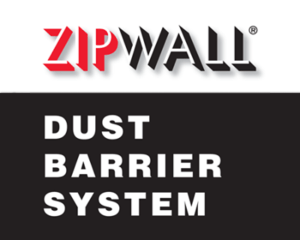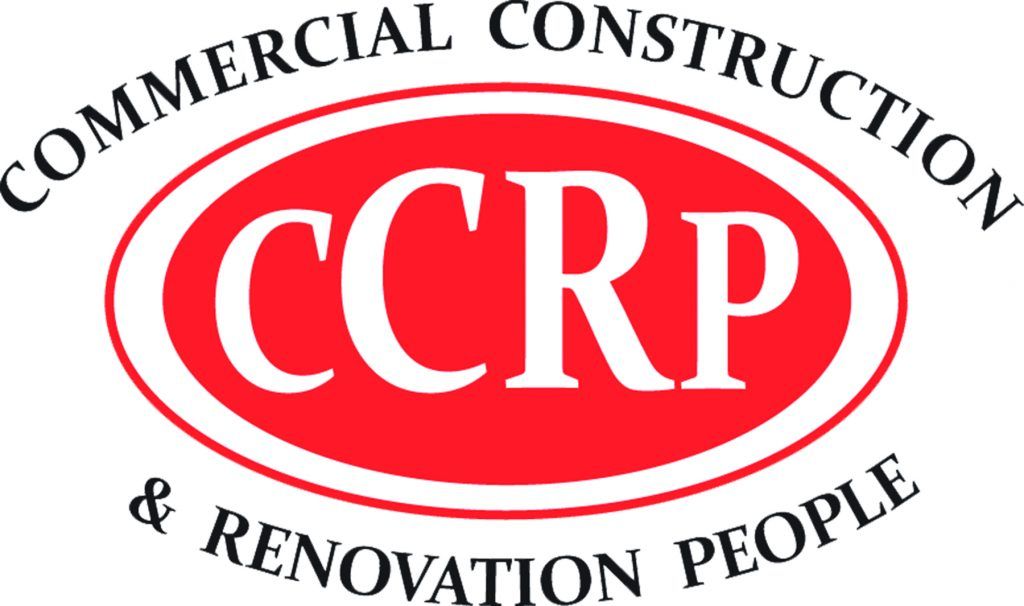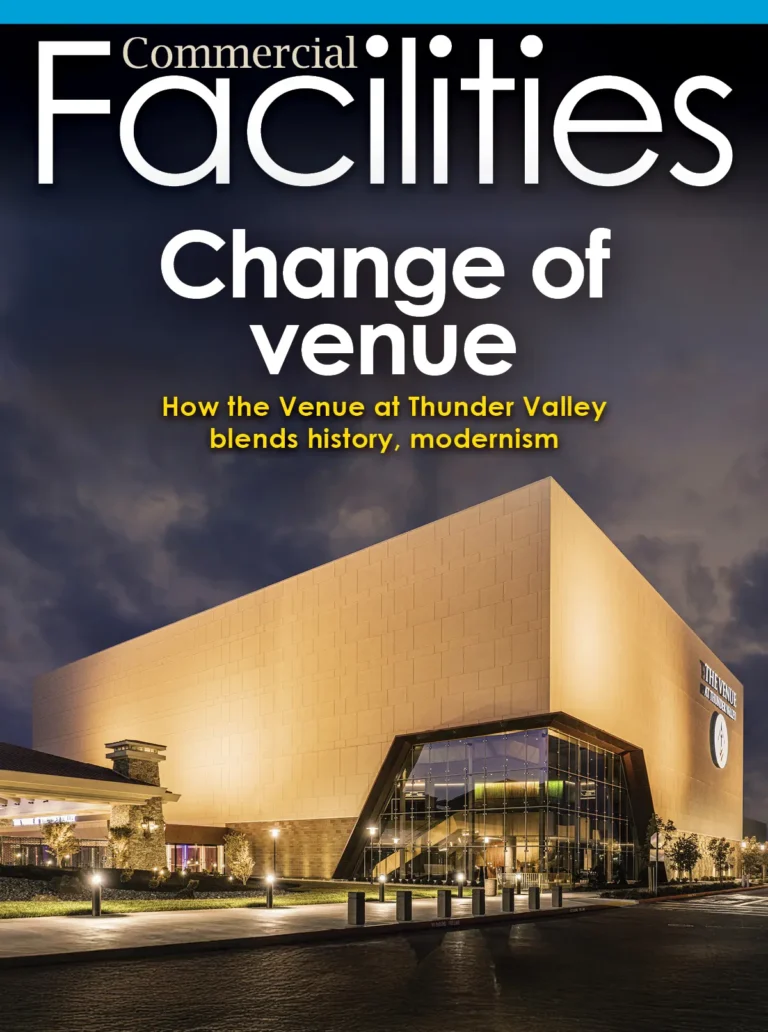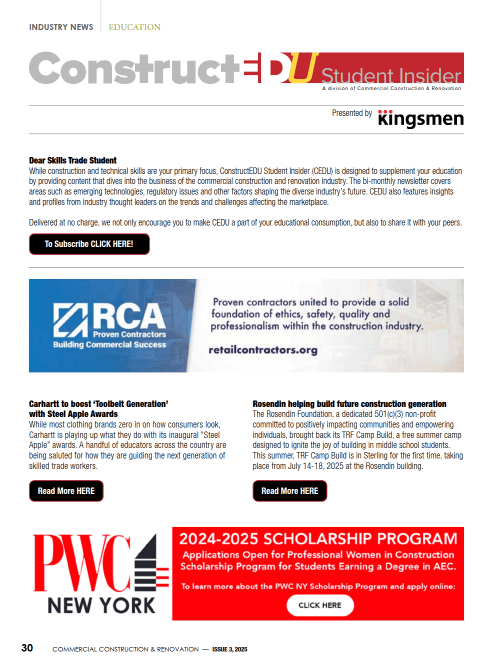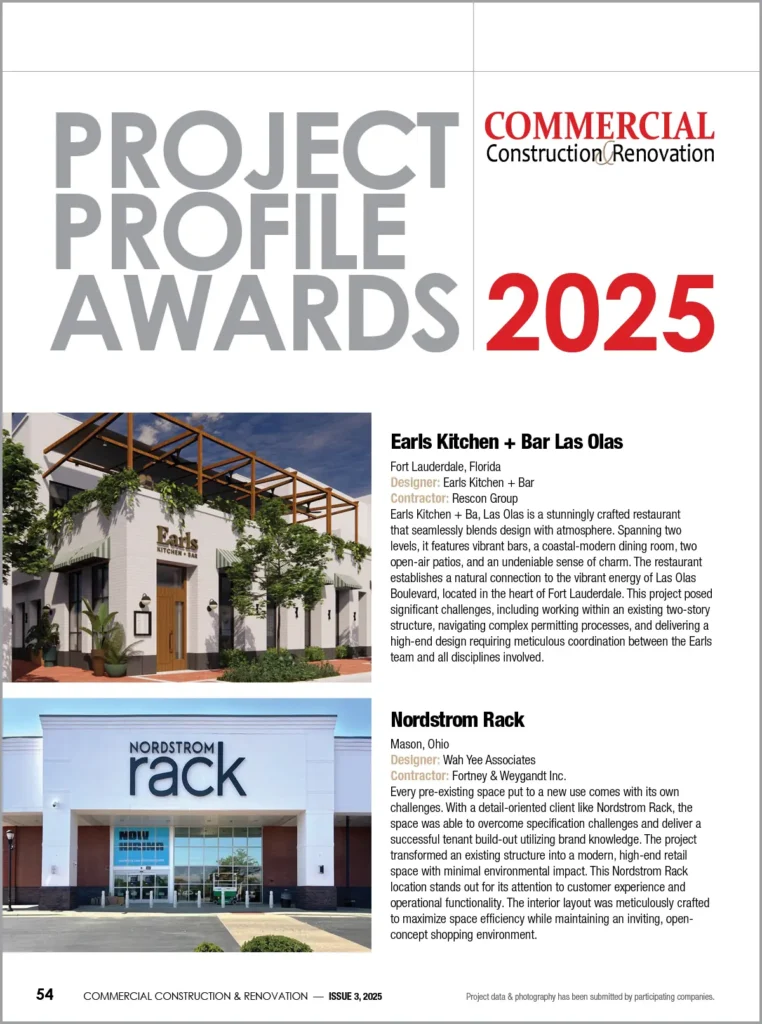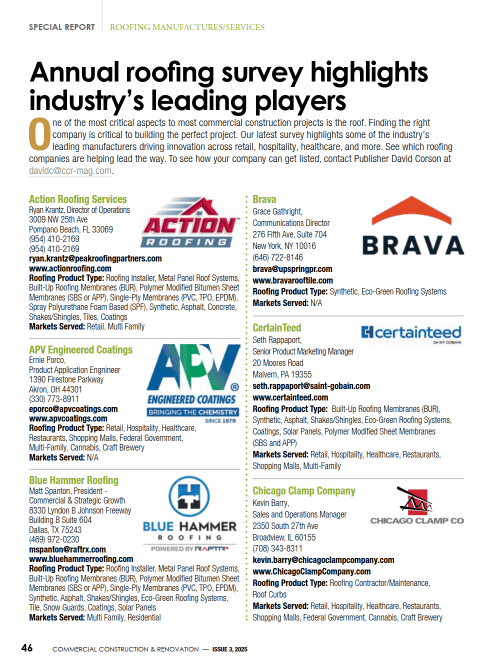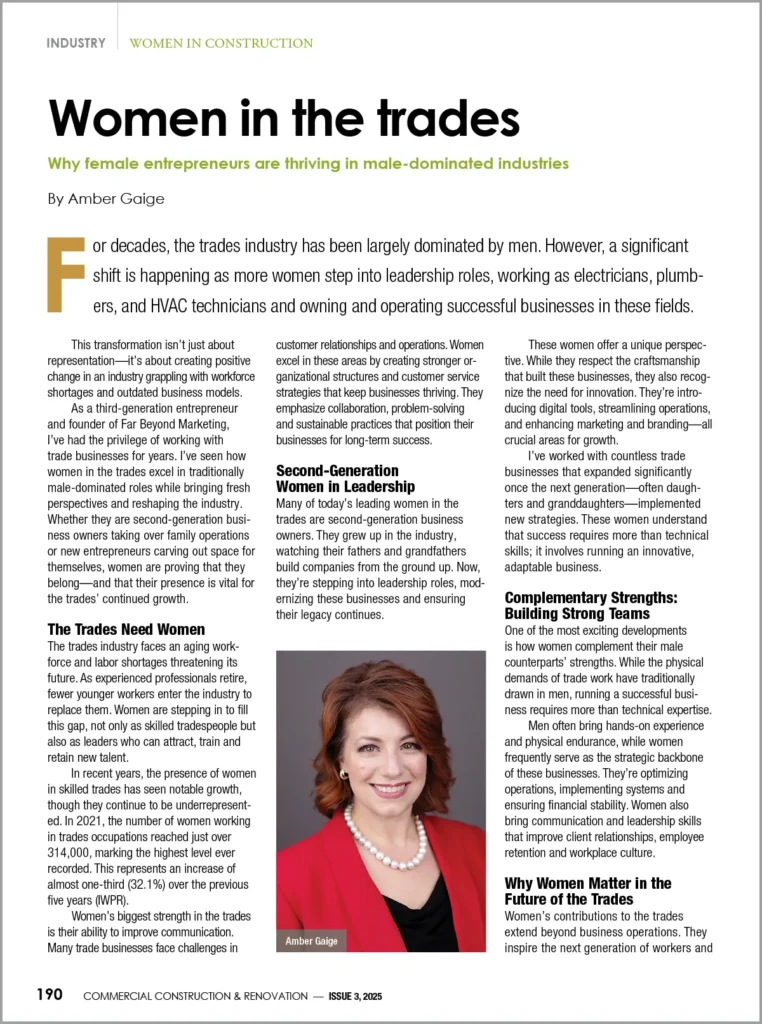When it comes to maintaining a strong and healthy home, basement waterproofing plays a foundational role—literally. While it might not be the most visible part of your home, the basement is the structural base, and its condition affects the rest of the building. Proper waterproofing doesn’t just protect against puddles or stains—it preserves your home’s integrity and prevents long-term damage caused by unseen moisture infiltration.
Understanding how basement waterproofing works starts with the science behind water movement. Water follows the path of least resistance. When soil around your foundation becomes saturated, water pressure builds and seeks entry points, whether through cracks, porous concrete, or window wells. Without proper waterproofing strategies in place, your basement becomes a prime target for water intrusion.
At FoundationGuard, homeowners are empowered with expert guidance on what it takes to keep basements dry, functional, and protected year-round. From understanding hydrostatic pressure to selecting the right materials, effective waterproofing isn’t guesswork—it’s grounded in proven techniques and practical knowledge.
Understanding Hydrostatic Pressure
Hydrostatic pressure refers to the force exerted by a fluid due to gravity. In the case of your basement, this pressure builds up in the soil surrounding your foundation, especially during heavy rainfall or snowmelt. The denser the soil and the more water it absorbs, the higher the pressure becomes.
This pressure pushes moisture against the basement walls and floor. If the concrete or masonry isn’t properly sealed, water finds its way inside. Even small cracks or joints can serve as entry points. Over time, this not only leads to dampness but can also weaken the foundation structure.
This is why basement waterproofing is more than just surface-level work. It involves reducing the impact of hydrostatic pressure, using both internal and external strategies to keep water out entirely.
The Role of Drainage in Waterproofing Systems
A well-designed drainage system is a key player in preventing basement moisture. Exterior drainage involves installing perforated pipes—often called French drains—around the perimeter of the home’s foundation. These pipes redirect water away from the basement walls before it has a chance to apply pressure.
Interior drainage solutions can also be added, especially in homes with existing moisture problems. These systems collect any water that seeps through and channel it toward a sump pump, which then ejects it safely away from the house.
Both methods, when combined, provide a robust defense against infiltration. The efficiency of water sealing the basement depends heavily on the condition and design of the drainage around and beneath the foundation.
Choosing the Right Sealants and Materials
Another important factor in basement sealing and waterproofing is the choice of materials. Not all sealants or membranes are created equal. Some coatings only provide temporary relief, while others form long-lasting, flexible barriers that adapt to the natural movement of your home over time.
Liquid membranes are often used for external waterproofing. These are applied directly to the foundation walls and cure into a rubber-like coating. This material effectively prevents water from passing through.
Interior sealants, such as epoxy or polyurethane injections, are typically used to repair visible cracks. These treatments seal off access points and restore the structural integrity of basement walls. While they may not be sufficient as standalone solutions, they can be highly effective when used in conjunction with external defenses.
Vapor Barriers and Air Quality
Waterproofing isn’t only about liquid water; it also involves managing moisture in vapor form. This is particularly important for maintaining good indoor air quality. Excess humidity in the basement can lead to mold growth, wood rot, and health issues.
Vapor barriers are typically installed on the interior of basement walls and floors to prevent moisture diffusion. When properly sealed, these barriers help regulate humidity levels and keep condensation at bay.
Pairing vapor barriers with insulation can also make basements more energy-efficient. A dry basement holds heat better and reduces strain on HVAC systems.
The Importance of Routine Inspections
Even the best waterproofing systems require periodic inspections. Natural wear and tear, ground movement, and seasonal changes can alter the effectiveness of previously installed systems. Homeowners should regularly check for new cracks, musty odors, or signs of dampness—early indicators that something may be failing.
Gutter systems and downspouts should also be maintained to direct roof runoff away from the foundation. Landscaping around the home should encourage proper grading so that water flows away from the structure rather than pooling around it.
FoundationGuard encourages homeowners to treat waterproofing as an ongoing process. It’s not a one-time fix but a continuous effort to protect the most vulnerable part of the house from environmental stressors.
Waterproofing Through the Seasons
Each season brings its own moisture-related challenges. Spring and fall are notorious for heavy rainfall and fluctuating temperatures that can expand and contract building materials. Winter introduces ice, which can force open cracks and allow water to freeze and expand inside wall cavities.
To stay ahead of seasonal threats, homeowners should schedule waterproofing maintenance and inspections at least once a year—ideally in the early spring before the ground becomes saturated.
Preventive care ensures that your home stays ahead of damage and doesn’t fall prey to issues that start small but grow into expensive repairs.
Why Waterproofing Matters for Every Home
Whether you live in a new build or an older structure, the need for effective basement waterproofing in Toronto remains the same. It protects your investment, preserves structural integrity, and enhances the overall livability of your space.
Water sealing basement systems aren’t just about stopping leaks; they’re about creating a healthy environment free of excess moisture, allergens, and structural decay.
A proactive approach to basement sealing and waterproofing is one of the smartest decisions a homeowner can make. It’s not just science—it’s peace of mind.
If you’re looking to better understand your options, FoundationGuard offers practical solutions and education to help you make informed decisions about protecting your basement, no matter the season.







